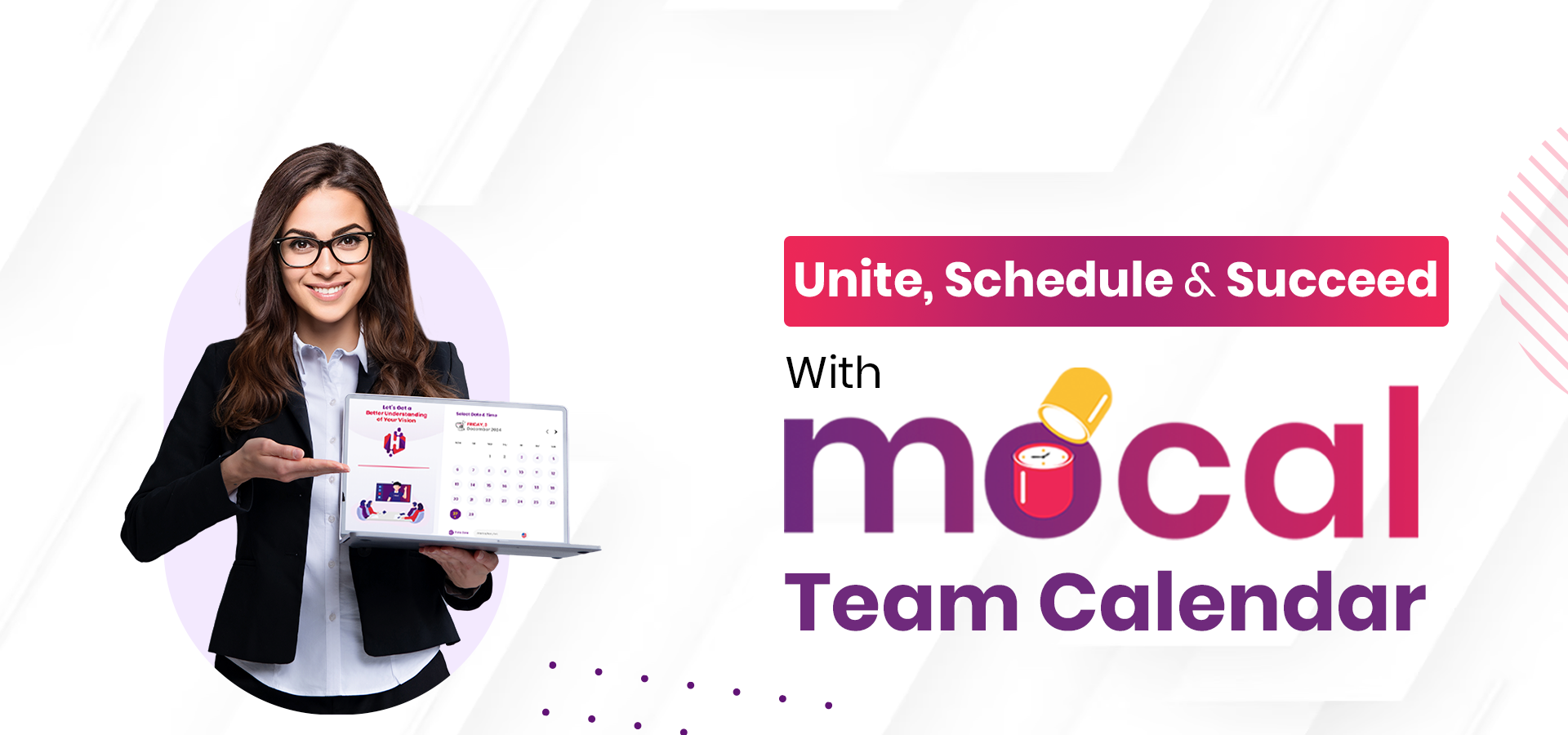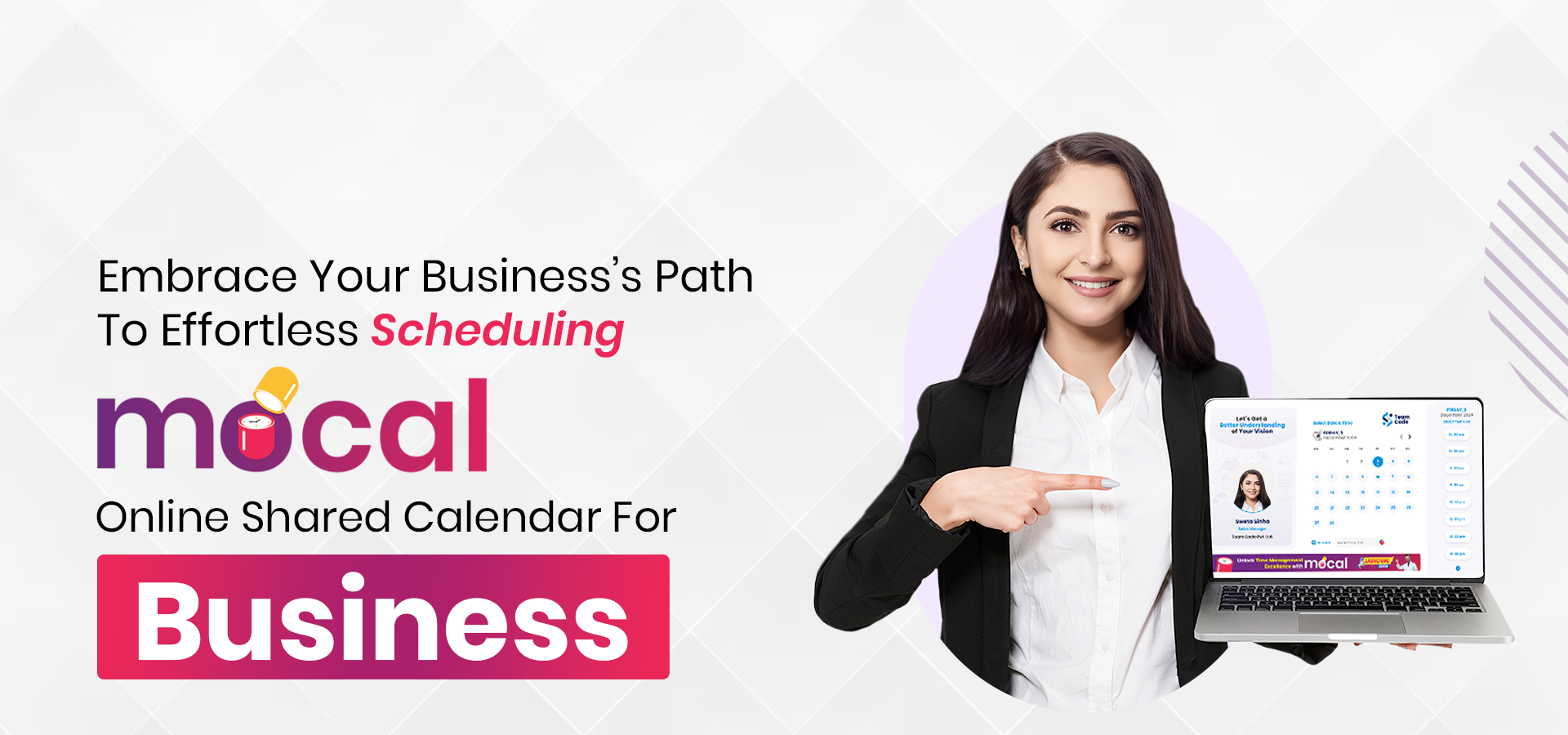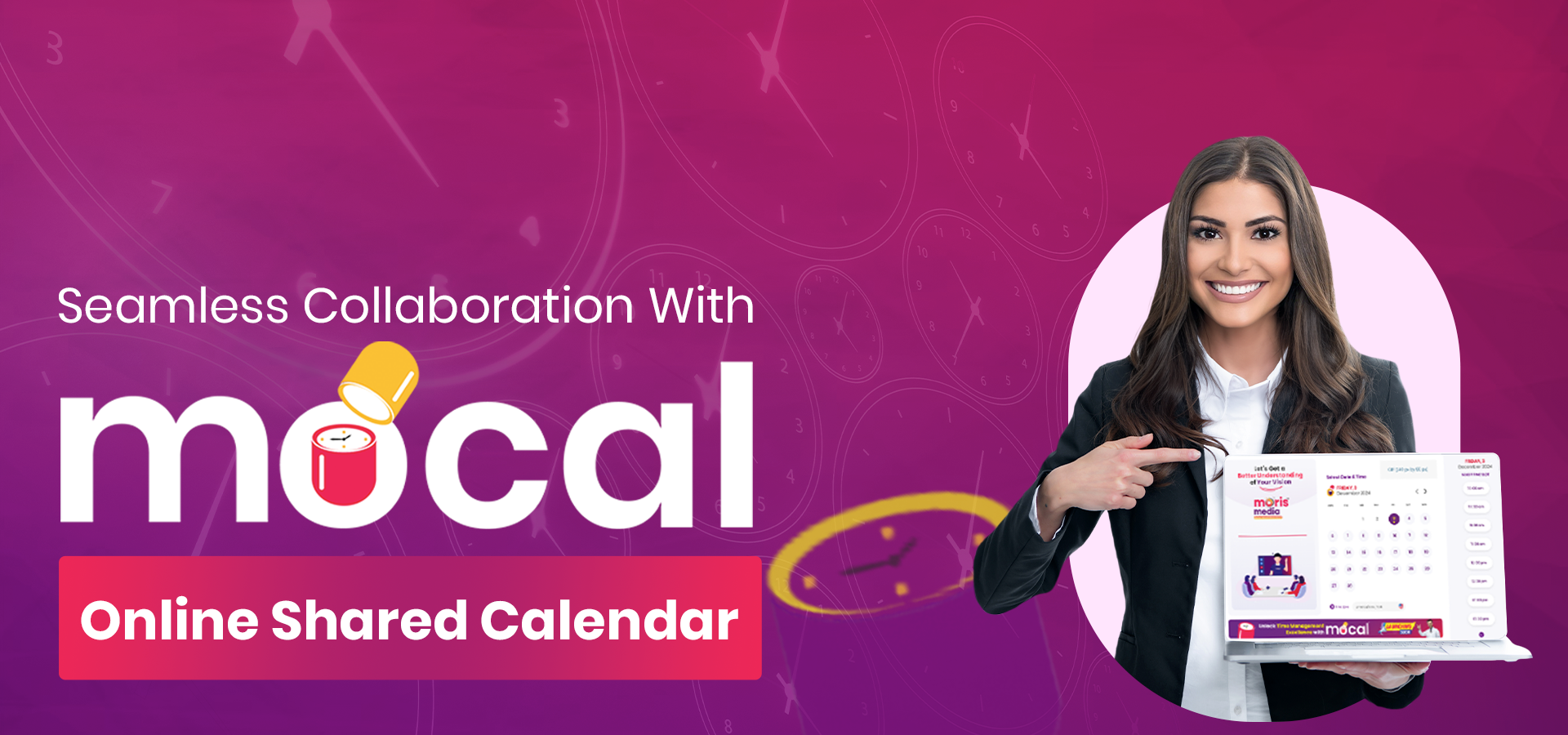Hope you enjoy reading this blog post.
If you want the Moris Media Team to help you get more traffic, just book a call.
Saturday, 2 August 2025
An eBook or electronic book is a reflowable, non-editable book converted to digital format for display and reading on electronic or digital devices like computer screens or mobile phones and furthermore ensuring the author's safety. eBooks are being consumed by more people than ever before. Due to their reduced price and greater portability, they now account for close to a quarter of all global book sales.
However, not all news for consumers is positive. eBooks are available in a multitude of proprietary and open standard formats, in contrast to MP3s, which can be played on any music device. Furthermore, enhancing further complexity is the fact that not all e-readers support all formats. Moris Media, India’s leading digital marketing agency, takes you through a comprehensive tour on eBook Formats.
eBooks are typically offered in particular formats. The formats most widely acknowledged are.
1. EPUB (.epub) format
2. MOBI (.mobi) format
3. AZW format (.azw) and AZW3 format (.azw3)
4. IBA(.iba) format
5. PDF(.pdf)
EPUB is the most generally adopted eBook file format. In 2007, this format replaced the previous Open eBook format (OEB), which was conceived by the International Digital Publishing Forum (which is now a part of the World Wide Web Consortium).
Because EPUB is free to use, an open standard, and vendor-independent, it has exploded in popularity and become the predominant eBook format. It can even support colour images, SVG graphics, interactive elements, and full videos, though this is not always the case.
In both positive and negative ways, this is the eBook equivalent of the trusted MP3. This format is supported by the majority of computer operating systems and e-readers; however, publishers can encrypt it with any DRM system they choose.
And the disadvantage? Amazon Kindle devices - the most popular eBook platform - are unable to read it, but the Kindle Fire tablet can. EPUB Format eBooks cannot be read on your Kindles unless you convert them to a format these devices recognise.
In addition to EPUB, the MOBI format evolved from the previous OEB format. The French company Mobipocket introduced this format in 2000, and it eventually became the foundation for its Mobipocket Reader software.
Amazon got the ownership of Mobipocket in the year 2005 and promoted it comprehensively for more than a decade. However, in October 2016, the website and servers of Mobipocket was closed but this Mobi format is still in existence.
acquired Mobipocket in 2005 and fostered its growth until October 2016, when it shut down Mobipocket's website and servers, but the MOBI format lives on.
While MOBI is publicly accessible, EPUB is different as it does not maintain an open standard. Furthermore, MPBI is not video or audio supportive.
The only e-reader that cannot read them is the Barnes and Noble Nook.
Amazon's two proprietary eBook formats are AZW and AZW3 extensions. In 2007, AZW began its journey alongside the first Kindle. The journey of AZW3 began in 2011 with the release of the Kindle Fire reader, making it the youngest format.
When an Amazon customer purchases or downloads an eBook, he receives it on his device in one of the two formats. AZW3 is superior to AZW in that it supports more designs, typefaces, and arrangements.
Both formats are extremely similar to MOBI. Amazon most likely acquired Mobipocket with the intent of incorporating the underlying technology into its AZW format. In contrast to MOBI, Amazon formats support both audio and video.
As a proprietary format, AZW is not as extensively supported on e-readers as EPUB and MOBI. So this a format customised for Kindle and something that other popular e-readers including
Therefore, only Amazon's Kindle devices can access the format, whereas other popular e-readers such as the Nook and Kobo cannot.
AWZ is legible on both Android and iOS, as well as popular eBook management applications such as Calibre and Alfa.
IBA is a prevalent proprietary eBook format used for publications created in the iBooks Author software by Apple.
Though technically very much similar to EPUB; its heavy dependence on widget codes related to Apple Books makes it unfunctional in other e-readers.
This format is only used for iBooks Author-created publications. The eBooks purchased from iTunes Stores are delivered in EPUB format but with DRM protection.
The iBook format is compatible with video, audio, images, and interactive components.
PDF is the final and most popular eBook format in circulation. PDFs are the most popular method for disseminating eBooks due to the format's widespread approval and proliferation on the web.
This format lacks native reflowing, which is its greatest drawback. Reflowing is the common term for when a file's presentation can be adjusted based on the size of the screen or the user's preferences.
All dedicated eBook formats support reflowing according to the order of objects in the content stream. Using identifiers to define a document's underlying structure, the PDF format can compensate for the dearth of regular reflowing. However, eBook clients still do not support tagged PDFs well.
PDF was certified as ISO 32000 in 2008, making it the second format on the list to be an open standard.
This refers to the action wherein any tangible books or documents get converted to digital formats including HTML, Mobi, PDF, and more to increase their reach. eBook conversion has wide ranging service applications including converting printed books, magazines and articles to digital formats. The most recent services incorporate interactive and multimedia components designed specifically for this digital version. Scanning the physical copy or data source and then converting it to the required digital format is an integral part of the entire process of correctly formatting and organizing the pertinent information.
Being a protracted process, eBook conversion necessitates detailed attention and can only be successfully done by digital formatting experts. Scanning the physical copy or data source and then converting it to the required digital format is an integral part of the entire process of correctly formatting and organizing the pertinent information.
Professional publishers use only high-quality scanners and specialized software to make this process easier, but it is time-consuming.
Some people prefer reading physical books, but the more people who acclimate to reading paperbacks or Kindles, the better it will be for all books and the authors who write them.
This argument also disregards the numerous accessibility benefits that a digital copy provides. If you were to contemplate all potential customers, you would require printed books, audiobooks, and electronic books. But eBooks allow us to create a single version for all users, as opposed to print, braille, large print, and audiobook editions. With eBooks, we can reach our entire audience in a single format.
By converting their books to durable, updatable eBooks, authors can expand their readership, increase reader engagement, reduce costs, and increase sales.
The most essential aspect of an eBook format is that it should provide a decent reading experience in any format, have the support of both publishers and hardware manufacturers, and be guaranteed to function for the foreseeable future. Regrettably, there is none.
EPUB is the finest format for Android, Sony Reader, and Nook (of any variety) if the eBook format is chosen based on the device's compatibility. For PC, Mac, iPhone, and iPad, it is prudent to select PDF or EPUB. And for Kindle and Kindle Fire devices, MOBI and PDF are the optimal formats.
Formatting an eBook is a standard design process that transforms the text and images of an eBook into an appealing layout for readers to appreciate. It is similar to designing and formatting printed books, but here the concentration is solely on digital books.
There are essentially six stages involved in eBook formatting:
1. Import the completely edited document.
2. Format the titles and paragraphs of each chapter.
3. Include illustrations, page breaks, and endnotes.
4. Upload the correct-sized book cover.
5. Create the contents page and copyright page.
6. The print and eBook files should be exported.


The Power of Team Calendar: Boosting Efficiency and Collaboration with moCal
Read More
Mastering Business Time Management with moCal's Online Calendar For Business
Read More
Unlocking Seamless Collaboration with moCal's Online Shared Calendar
Read More
Unlocking the Power of 7-in-1 moCal: Redefining Efficiency in Modern Business
Read More
Elevating Personal Branding: The Moris Digital Doctors Prescription
Read More